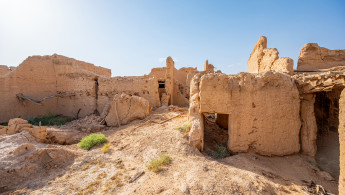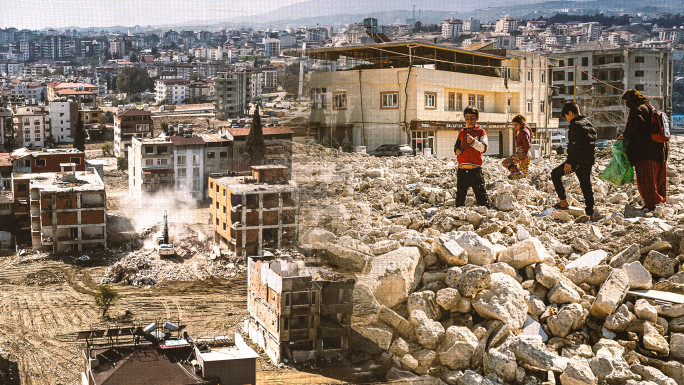Archaeologists discover 7,000 year old 'standing stone circles' near Saudi Arabia's Al-Ula
Archaeologists in Saudi Arabia have discovered around 345 "standing stone circles" near the ancient city of Al-Ula, estimated to be around 7,000 years old.
Using aerial surveys, the structures were found across Harrat al-Uwairidh, a lava field in northwestern Saudi Arabia. The research team's findings were reported earlier this month in the academic journal Levant.
Eight of these circles have been excavated and are believed to have been left behind by the Neolithic populations from the 6th and 5th millennia BC.
The stones are believed to have been used in homes with stone walls and at least one doorway, with roofs likely constructed from either stone or organic materials.
The circles range from four to eight metres high with one standing stone firm at the centre.
The researchers also found stone tools made from basalt, seashells, and animal remains of sheep, goats, and cattle.
These indicate a mixed economy and developing trade and exchange networks extended to the Red Sea about 75 miles away, giving a fresh perspective on the rise of populations during that era.
Researchers believe the stone houses are similar to those found in Jordan, dating back to 500 years earlier, indicating potential links between the populations of ancient Jordan and northwest Saudi Arabia.
The people who built the structures in Jordan also herded sheep, goats and cattle, suggesting the migration might have been spurred by an increase in population after new advances in hunting technologies, increasing food supply, leading to a rise in the populations of what are now Jordan and Syria areas.
While northern Saudi Arabia was much wetter than it is today, farming was not used, and archaeologists did not find evidence of farming plants like wheat and barley.
However, the team believes that gathering wild plants "likely" took place to manipulate the landscape and increase the yield of wild species.
Archaeologists also discovered rectangular stone structures they have called mustatil, Arabic for "rectangle", where they believe cattle were sacrificed.





 Follow the Middle East's top stories in English at The New Arab on Google News
Follow the Middle East's top stories in English at The New Arab on Google News


